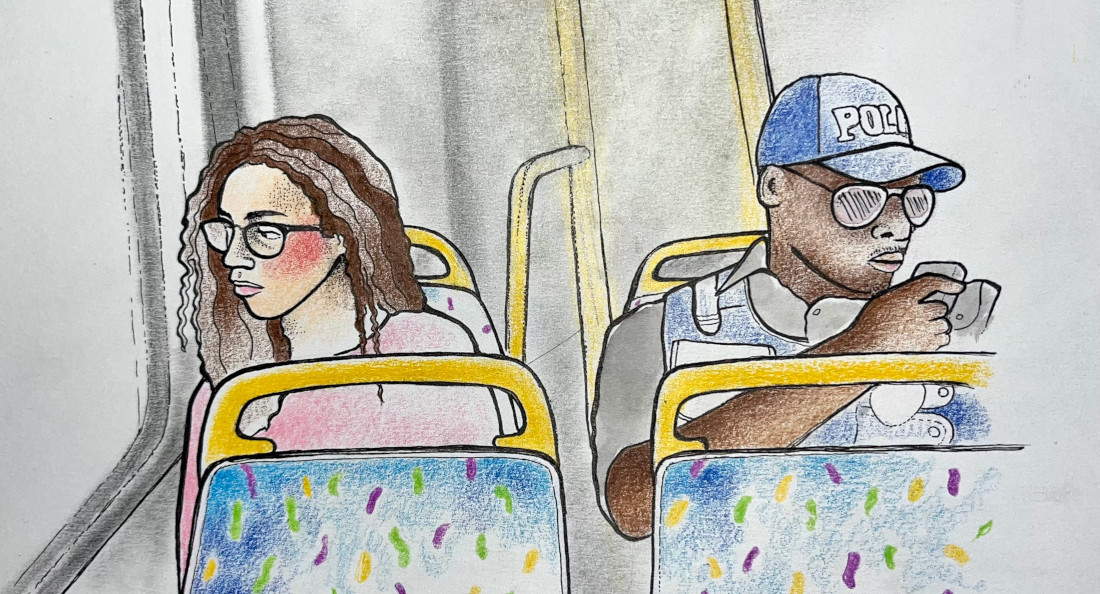Safety officers not addressing real cause of transit violence
More social supports needed, not more policing
Winnipeggers have mixed feelings about safety officers who began patrolling buses and bus routes at the end of February.
James Wilt is a public-transit advocate, member of Winnipeg Police Cause Harm and author of Do Androids Dream of Electric Cars?: Public Transit in the Age of Google, Uber, and Elon Musk. He says he is “certainly not feeling great about” officers in the transit system.
Wilt believes the actual way to fix transit in Winnipeg is to increase funding for the service, as well as social supports like addictions treatment, public housing, universal healthcare and mental healthcare.
“We know that criminalization only causes more issues and more harm,” he says. “If a person is already unhoused, or if they are having issues with stable income or access to food or social supports ... that is going to become even harder if they continue to be criminalized.”
“The person who may commit violence or threats, they are not going to get better by going to jail.”
Wilt says it’s “worrisome” the safety officers only received six weeks of training but have the ability to arrest people.
The City of Winnipeg says these officers are meant to assist those experiencing homelessness, addiction and mental-health issues by connecting them with necessary resources.
They carry collapsible batons and handcuffs along with naloxone kits.
“(Law) enforcement is systematically racist,” Wilt says. “That’s harm in itself, because it obviously discriminates, and it can cause a whole bunch of issues. It can also deter people from using transit if they know there’s a likelihood that they will be profiled in this way.”
In 2022, bus drivers reported 104 assaults, according to Winnipeg Transit. The year marked the highest numbers since 2000 when the city started tracking that data.
Winnipeg Transit previously installed safety shields and cameras on buses to try and lower the rate of assaults, Chris Scott, president of the Amalgamated Transit Union Local 1505, says.
He says those measures helped a bit, but the next step was to add safety officers.
“We want a safe transit system, but we don’t want a police state necessarily on the service,” Scott says. “Hopefully what these community safety officers do will be effective enough to reduce and hopefully eliminate violence on the transit system.”
Scott says he hopes this is the last step, but there is potential to expand the program if needed.
He recognizes much of the police interactions on public transit increased after the COVID-19 pandemic, because many people lost their jobs and stable housing. Scott says he has been advocating for the improvement of addictions treatment and housing supports.
“If there weren’t enough resources for them to stay at their standard of living, they were forced out onto the street,” he says. “Some probably felt it necessary to turn to coping mechanisms. We need to give everybody a step up to get back to where they were.”
Scott would like to see a combination of policing and social-support funding to address these problems.
“The safety aspect is always implemented in an attempt to put a cap on the level of violence so it doesn’t increase,” Scott says. “But in order to truly reduce it, you need to backfill with supports to help people that have had to turn to or are struggling dealing with these issues.”
Published in Volume 78, Number 24 of The Uniter (April 4, 2024)








